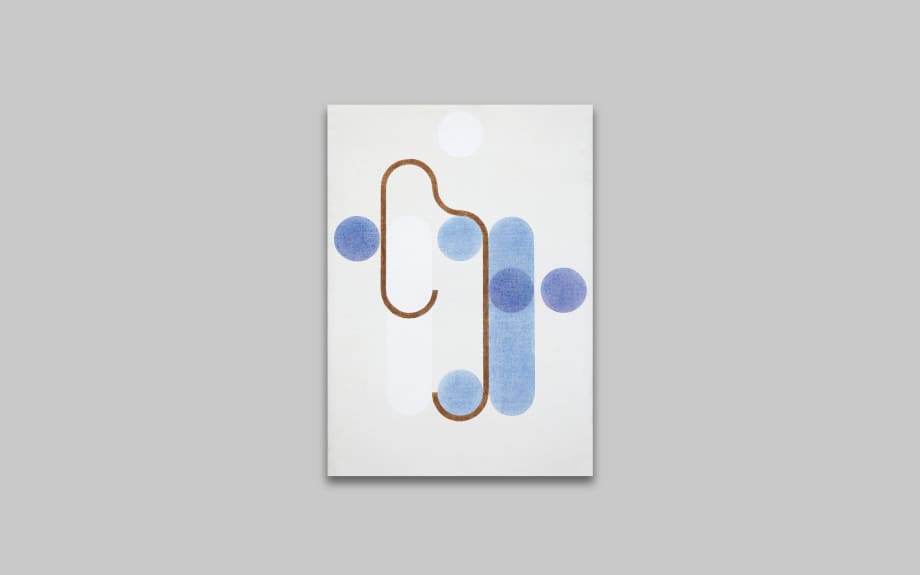Carlo Nangeroni was born in New York in 1922 in a family of Lombard immigrants and came to study in Italy in 1926 . He went to the Brera Academy, and was a student of Mauro Reggiani. In 1946, at the end of the war, he returned to the United States, and settled in New York. During those formative years, he had the possibility of comparing his work with the experimental works carried out by American artists in action painting; and there he met De Kooning and Kline. In 1949 he looked after his one-man show in New York and from then on collaborated with artists in the staging of important theatrical and television productions.
After a period during which he used variations in monochromatic tonalities, he returned to the study of colour, creating microstructures in which light is constantly explored. In the last few years, by means of the fragmentation of colour and of light itself, he obtained a greater luminous vibration with an almost pointillistic suggestion.
The work of Carlo Nangeroni was carried on in a coherent way through unplanned repetition, a cyclical evolution which was never totalizing, always discreet, and with an ironic propensity towards a drifting of perception. He played on relations, on weight shifting, on the overlapping of layers of diluted colours and on the use of circles, following and reflecting movement.
